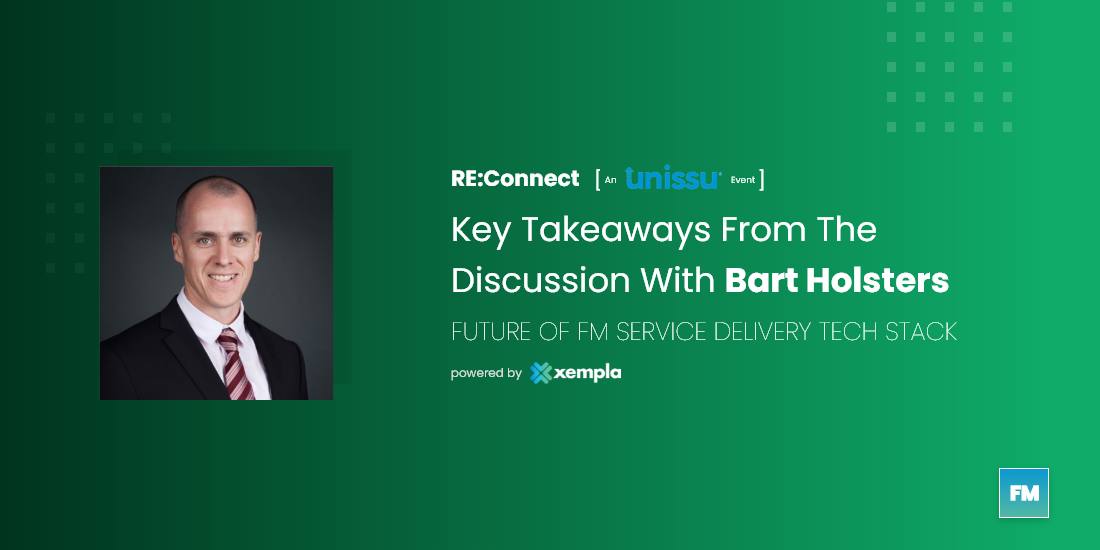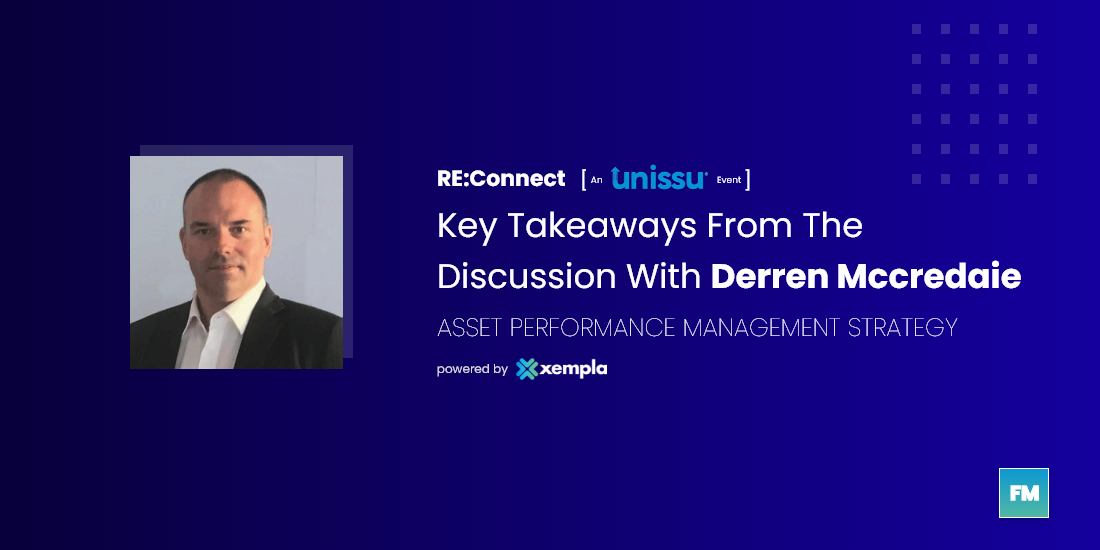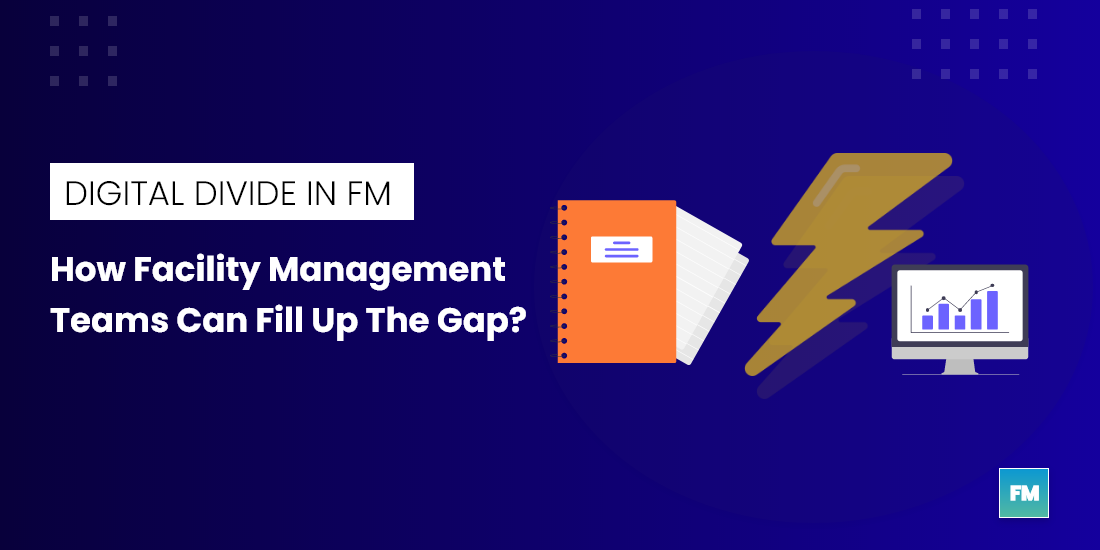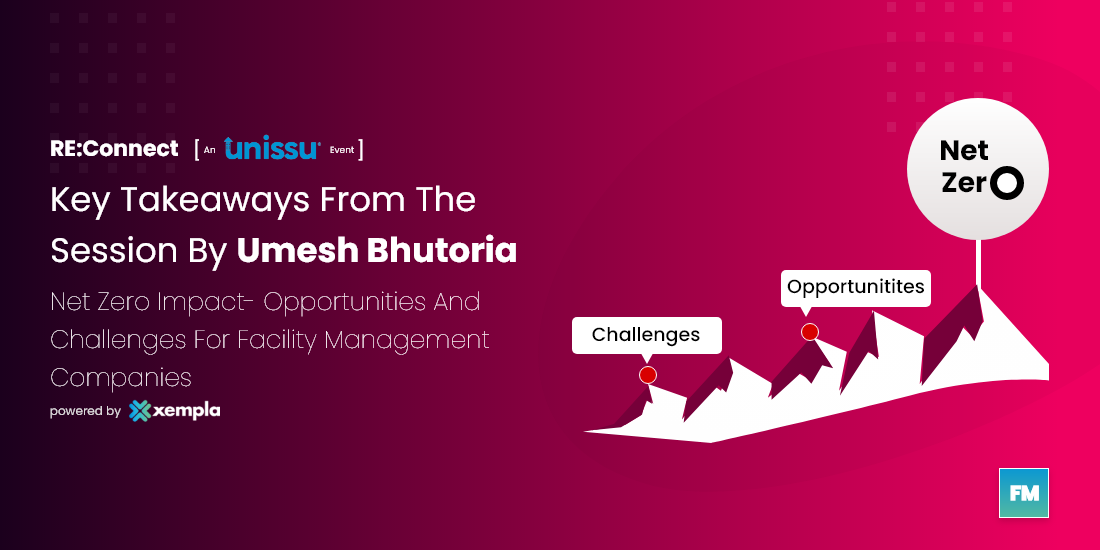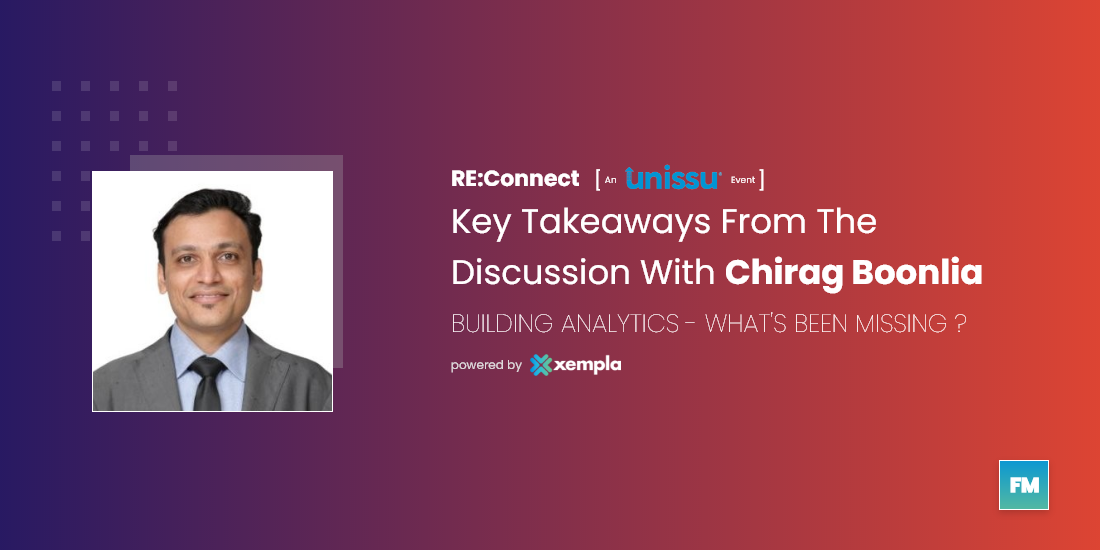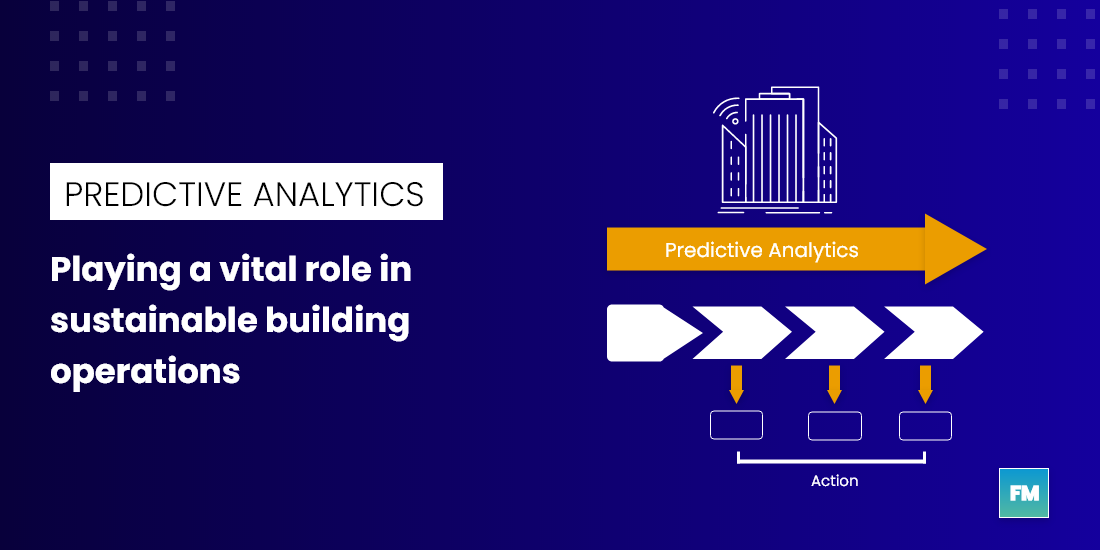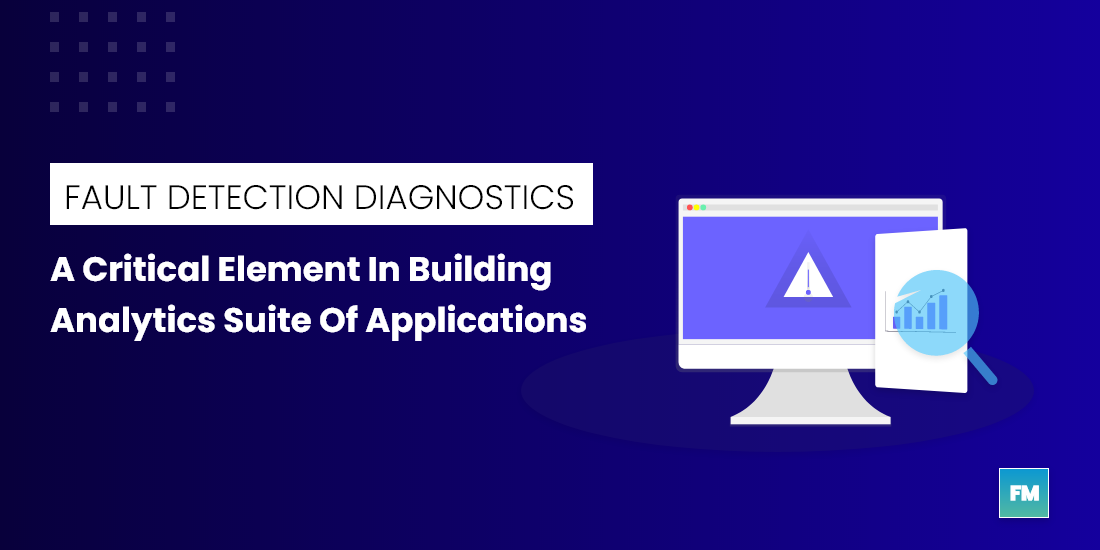In the last couple of years, the facility management scenario has been evolved into multifamily real estate technology FM applications. Starting from space management to asset optimization and recently with the advent of VR, AI and ML, it has even explored the digital twins’ concepts. Proptech and CRETech startups are building an ecosystem of tools and SaaS solutions based on core facility management platforms and tech stacks such as Niagara, Tridium.
Forward-thinking facility management firms have been future-proofing themselves and strategizing on when to buy or when to build a solution based on their technology roadmap. For mid to small-size FM firms the scenario is different rather more complicated as they have more choices from a plethora of FM applications they can either buy or partner with which often leads them to a paradox of choice. Regardless there is an immediate need for sustainable facility management solutions keeping in mind the rapid advancement in technology.
A well-planned tech stack can seamlessly touch upon various aspects in the firm including operations and maintenance, customer engagement, sales and business development. It can streamline workflows, minimize dependencies and reduce customer complaints, all that while better leveraging the occupancy and building-related data.
In the first part of this article series, we talked about the different aspects of choosing FM applications, like strategic and functional aspects of the decision. We also discussed the Gartner’s pace layered approach to find the perfect fit. So Further elaborating on all the factors that shape the strategy of the enterprise-wide tech stack.
Quantifying all the micro factors for the evaluation is necessary as it provides important depth to the decision making framework while looking out for FM applications.
Why you should consider partnering with a tech firm
1. Customization/control:
Control over functionalities of the finished product. Most of the tech applications that lie on the differentiation or innovation layers have a lifespan of 5+ years and during that period they often evolve with the needs. Having control over the product development trajectory can only be possible if you build or partner with the tech firm.
If the product lies in systems’ record layer or there are other constraints to build it in-house then you can choose from multiple SaaS offerings that come with decent customization.
2. Cost Aspect:
The cost factor can be broken down into two or more subdivisions. It’s not just the product cost that’s in question, if it’s a SaaS application then you have to consider the subscription cost, annual service, or maintenance related cost. On the other hand, for in-house development, you often spend more on resources such as creating the team and basic infrastructure..
3. Compatibility:
Ever wonder why there is still scope for on-premise applications when cloud applications have proved themselves? Not all the parts of the tech stack get updated at the same time leaving a range of hardware/software with different compatibility settings. Finding compatible applications can be a challenging task. In such cases building one or partnering with tech for the right solution can be a way out.
4. Opportunity Cost:
Even though you have all the resources, budget and capabilities to build an application of your need do not mean you should invest in it. You should evaluate your options and if there are other ways to use those resources that give a better outcome then you should take them.
That’s why sometimes subscribing to a SaaS application rather than asking an in house IT team to build one makes more sense.
Economies of scale
Developing an application for select 20-25 clients has different economics than building for 500+ clients. If the applications have been implemented over multiple sites and frequently used by the front desk or clients for engagement then it makes sense to have it built in-house.
There are plenty of such applications that often go as white-label where branding and customer engagement are in the focus. For example, workplace management applications.
So if we want to put micro as well as strategic factors in the same frame to have a view of the comprehensive decision-making framework it will look like this.

Steps to follow
- Identify where does that application lie in the tech stack.
- What’s in the focus while making that decision?
- Micro factors that influence the most.
Steps 1 and 2 could go in parallel sometime as there could be exceptions while finalizing on building or partnering for the product. As there are certain business processes that need a custom solution, built by in-house IT teams who have a complete understanding of the firm’s unique business offerings and challenges.
In conclusion, this framework can give you a complete grasp on all the influencing factors that make or share your build Vs buy decision.

